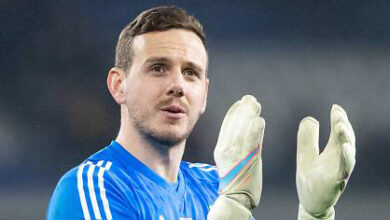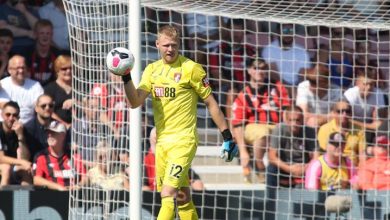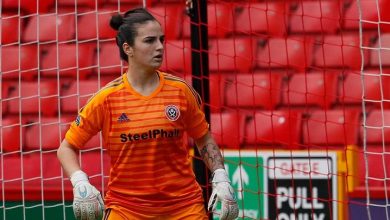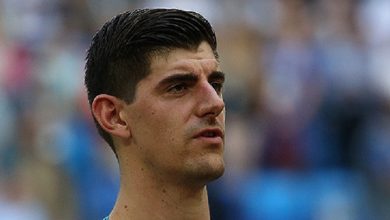News
Richard Lee Announces Retirement
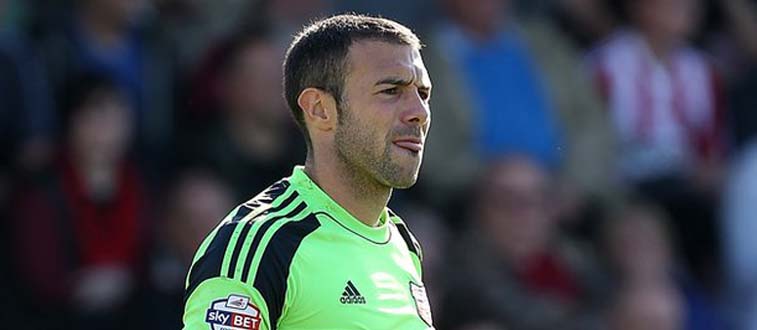
Brentford FC keeper Richard Lee has announced that he will retire at the end of the season.
The ex Watford FC keeper has struggled with injuries since joining Brentford in 2010 and has recently fell down the pecking order at the club.
“I am retiring because I have peaked and don’t have the confidence that I can now surpass that peak,” Lee told the Brentford FC website.
“As a result, football to me now equates to frustration and often pain.”
He added: “I do feel blessed to have had so many fantastic memories to take away from the game that will live with me forever.”
Richard will be known to many of our goalkeepers as he is also the owner of the GK Icon coaching brand.
Source: BBC Sport


